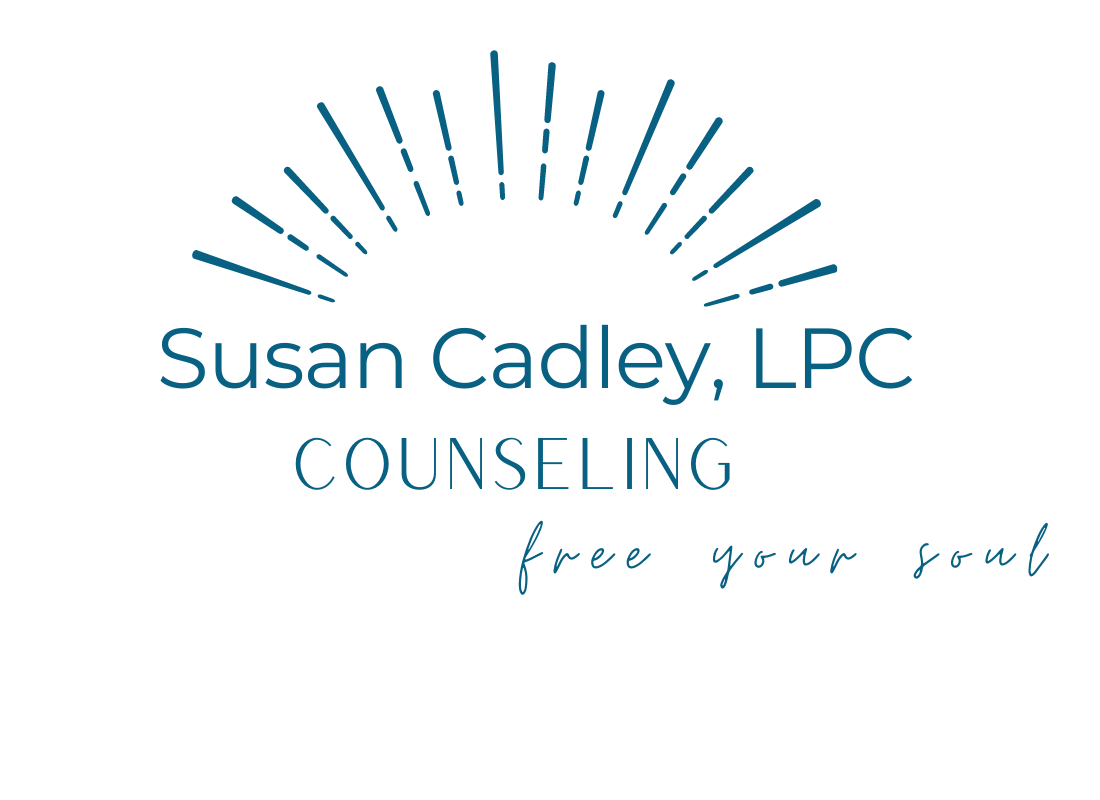When Winter Brings the Blues
WHEN WINTER BRINGS THE BLUES
I kept looking for color and light.
It was mid January and the skies had been rainy and grey since mid December.
I put on my brightest raincoat and headed outside to sit in my rainbow hammock. Even with all the color and being in my favorite place in nature, my mood and fatigue would not budge.
I felt blah. Nothing looked or felt good to me. My motivation for new projects and creativity went out the window. My energy level was at an all time low and I was craving more coffee and carbs. A sadness began to creep in that felt as if it was not mine.
I noticed that I'd been posting moody winter sky photos on my Instagram account and writing about about the lack of sunlight.
Soon I was talking with my dear friend about my mood. She asked me thoughtful questions about what was happening in my life to see if there was something emotional I wasn't addressing. After covering all bases, which she is great at... nothing. Then she suggested I get a therapy light. I'd thought about this in the past, but didn't think I had Seasonal Affective Disorder, SAD or the winter blues, I simply thought I just didn't like winter.
I was born and raised in Michigan where it's the norm for grey days to out number sunny days. One Michigan winter many years ago, I began noticing my mood plummeting in February after 2 solid months of no sun. My co workers at the time were cranky and crabby and the conversation always turned to the crummy weather. I had an annual doctor appointment scheduled at this time and shared how miserable everyone seemed to be at work with my doctor. He explained how the brain reacts with lack of light and it all made sense.
"Happiness can be found even in the darkest of times, if one only remembers to turn on the light" ~ Albus Dumbledore
What's the difference between winter blues and Seasonal Affective Disorder?
Feeling a change in your body and mood can occur with a change in any season. According to a premier expert on the subject of seasonal disorders, Norman Rosenthal, MD in his book Winter Blues, there's a difference between feeling the winter blues and a diagnosis of Seasonal Affective Disorder:
"We know that, to a greater or lesser degree, the majority of the population experiences some seasonal changes in well-being and behavior, in areas such as energy, sleep, eating patterns and mood. At one end of the spectrum are those who have few, if any, seasonal changes. Then there are those who experience mild changes that can easily be accommodated in the course of their everyday lives. Yet another group finds these changes a nuisance - not world taking to the physician, but troublesome, nonetheless. The group may be suffering from what is commonly known as the winter blues."
In the field of psychology, symptoms that impair relationships, ability to work, self care, or social life are all considered when making a diagnosis. A diagnosis can be very helpful to a person so they can get the assistance they need.
Through all my research and reading, I realized I had the winter blues and not full on SAD as I was able to gain satisfaction with my work, get to the gym and monitor my carb intake. My daily living was not impaired. Even though I didn't experience a full on depression that can accompany SAD, I wanted to feel better and implemented a plan.
My personal recovery plan for the winter blues:
1. Checked in with myself, and my friends to make sure I wasn't pushing something emotional aside.
2. I ordered a therapy light by Verilux. I placed it in my great room and begin my day with a new ritual: sitting in front of the light for half an hour with my cup of coffee. For me, it only took a few weeks and the symptoms began to lift. This can take more time for many people. This year, I'll get a head start by using the light in the fall.
3. I had bloodwork done to rule out any physical issues and I talked to my doctor about my symptoms.
4. I made a request to my family and very close friends that I didn't want to spend much time on the phone. I needed to set some boundaries so I could maintain my energy levels and take care of myself.
5. I took walks outside before 10am as often as I could to get more light.
6. I implemented a dry Janauary, no alcohol as it's a depressant.
7. I got back into my fitness class at the gym. This lifted my mood very quickly. I cannot say enough about the benefit of exercise for energy and mood.
8. I researched SAD.
If you notice behavior changes with you or a loved one during seasonal transitions and it doesn't get better with time, the winter blues (people can have summer blues too) or Seasonal Affective Disorder, SAD may be occurring. Children and teenagers can experience these too with symptoms such as anger, temper tantrums, fatigue, lack of concentration, and marked procrastination. You can also experience this at any age, even if you've never noticed it before.
The good news is you can improve your mood; you don't have to suffer or be strong and muscle through. Do some research online, read Dr. Rosenthal's book, and talk with your physician and/or a therapist. Talk therapy can be a great support during this process.

